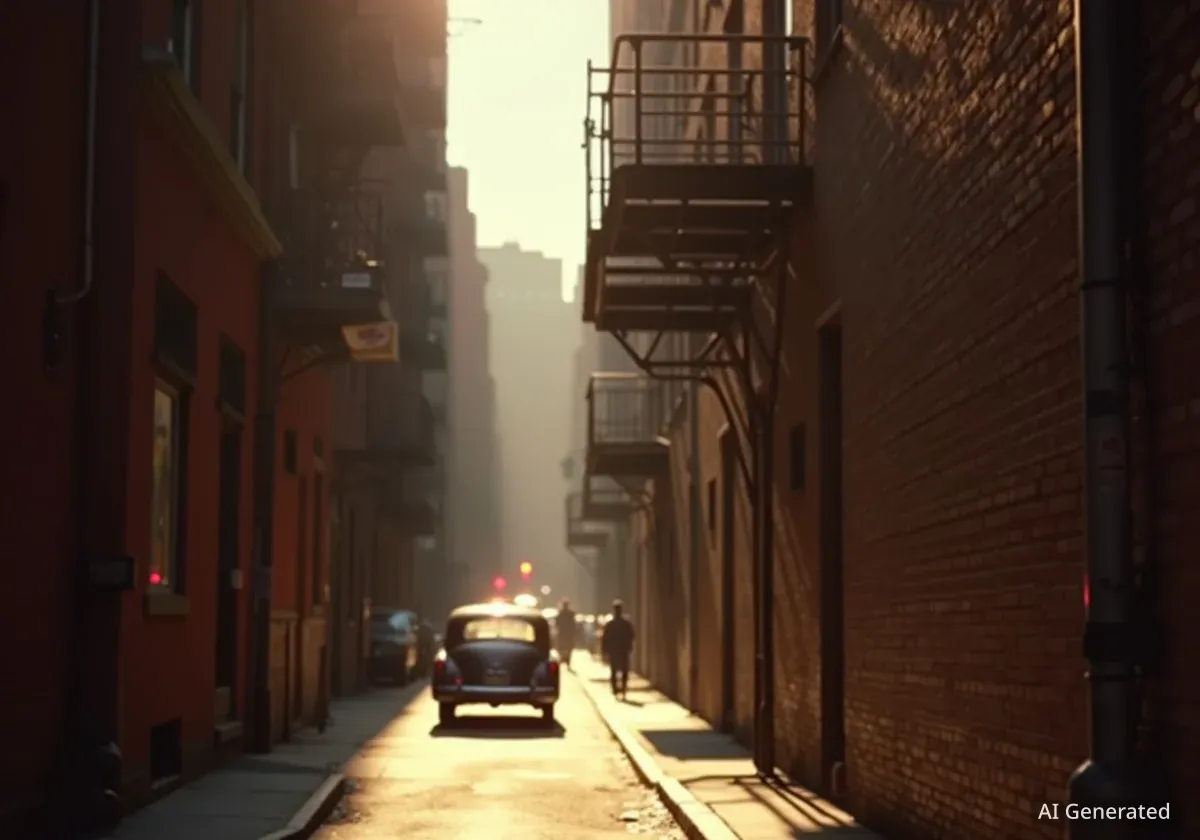The Brooklyn Museum is set to host the most extensive North American exhibition of work by pioneering Malian photographer Seydou Keïta. Titled "Seydou Keïta: A Tactile Lens," the presentation will offer an immersive look into the artist's studio and the vibrant society he documented during a pivotal era of political and social change in West Africa.
Opening on October 10, 2025, the exhibition will feature nearly 275 works, providing a comprehensive exploration of Keïta’s legacy and his profound influence on the world of photography, fashion, and art.
Key Takeaways
- The Brooklyn Museum will present "Seydou Keïta: A Tactile Lens" from October 10, 2025, to March 8, 2026.
- The exhibition is the largest presentation of Keïta's work ever shown in North America, with nearly 275 pieces.
- It includes famous portraits, rare images, previously unseen negatives, and personal artifacts like textiles and jewelry.
- The collection focuses on Keïta's documentation of Bamako, Mali, from the late 1940s to the early 1960s, a period of significant cultural and political transformation.
A Portrait of a Nation in Transition
Seydou Keïta (c. 1921–2001) established his photography studio in Bamako, the capital of what was then French Soudan, during a time of immense optimism and change. His work, spanning from the late 1940s to the early 1960s, captured the spirit of a city on the cusp of modernity and a nation moving toward independence, which Mali achieved in 1960.
The portraits are more than simple images; they are documents of self-expression. Keïta’s subjects, citizens of Bamako, used the studio as a stage to present their modern identities. They arrived dressed in their finest clothes, blending traditional West African fabrics with contemporary European styles, showcasing a unique Bamakois cosmopolitanism.
The exhibition aims to fully immerse visitors in this world. Alongside the photographs, the inclusion of textiles, jewelry, and dresses from the period provides a tangible connection to the lives and aspirations of the people Keïta photographed. These artifacts highlight the importance of fashion and personal style as markers of identity during this dynamic chapter in Malian history.
Who Was Seydou Keïta?
Born around 1921 in Bamako-Coura, Seydou Keïta was a self-taught photographer who became one of the most celebrated portraitists of the 20th century. He opened his studio in 1948 and quickly gained popularity for his masterful compositions and ability to capture the personality of his sitters. He worked primarily until 1962, when he became the official photographer for the newly independent Malian government. His work remained largely unknown outside of West Africa until it was introduced to Western audiences in the early 1990s, leading to international acclaim.
The Artistry Behind the Lens
Keïta was a master of studio photography. His command of lighting and composition allowed him to create portraits that are both elegant and deeply personal. He had a unique talent for highlighting the tactile qualities of his subjects—the texture of a dress, the sheen of a watch, or the intricate pattern of a headscarf.
A key aspect of his practice was collaboration. Keïta worked closely with his sitters, sculpting their poses and helping them choose from a collection of studio props and accessories to craft their desired image. This partnership between photographer and subject resulted in powerful portraits that feel like monuments to individual selfhood and confidence.
The exhibition will showcase this artistry through a wide range of materials. Visitors will see not only the final, renowned prints but also rare images and never-before-seen negatives. This provides a behind-the-scenes look at Keïta's process and reveals the technical skill that underpinned his celebrated work.
Exhibition by the Numbers
- 275: Approximate number of works on display.
- 1940s-1960s: The primary period covered by the photographs.
- 5: The exhibition will run for nearly five months.
- 1990s: The decade Keïta's work gained significant international recognition.
A Global Legacy
When Seydou Keïta’s photographs first reached Western viewers in the early 1990s, they caused a sensation. The images resonated across the worlds of art, fashion, music, and design, drawing unprecedented attention and forever altering the global cultural landscape. His work challenged existing narratives about African photography and introduced audiences to a sophisticated, modern society that was often overlooked.
Today, his bold and engaging portraits continue to captivate viewers. They invite a direct dialogue with the people of mid-century Bamako, offering a window into their lives, their style, and their sense of self. The images are a testament to a period of great hope and are celebrated for their timeless elegance and profound humanity.
"Seydou Keïta: A Tactile Lens" is organized by guest curator Catherine E. McKinley, with the assistance of Imani Williford, Curatorial Assistant for Photography, Fashion, and Material Culture at the Brooklyn Museum. The comprehensive presentation solidifies Keïta's position as a pivotal figure in the history of photography and offers a new generation the chance to experience the power of his vision.




